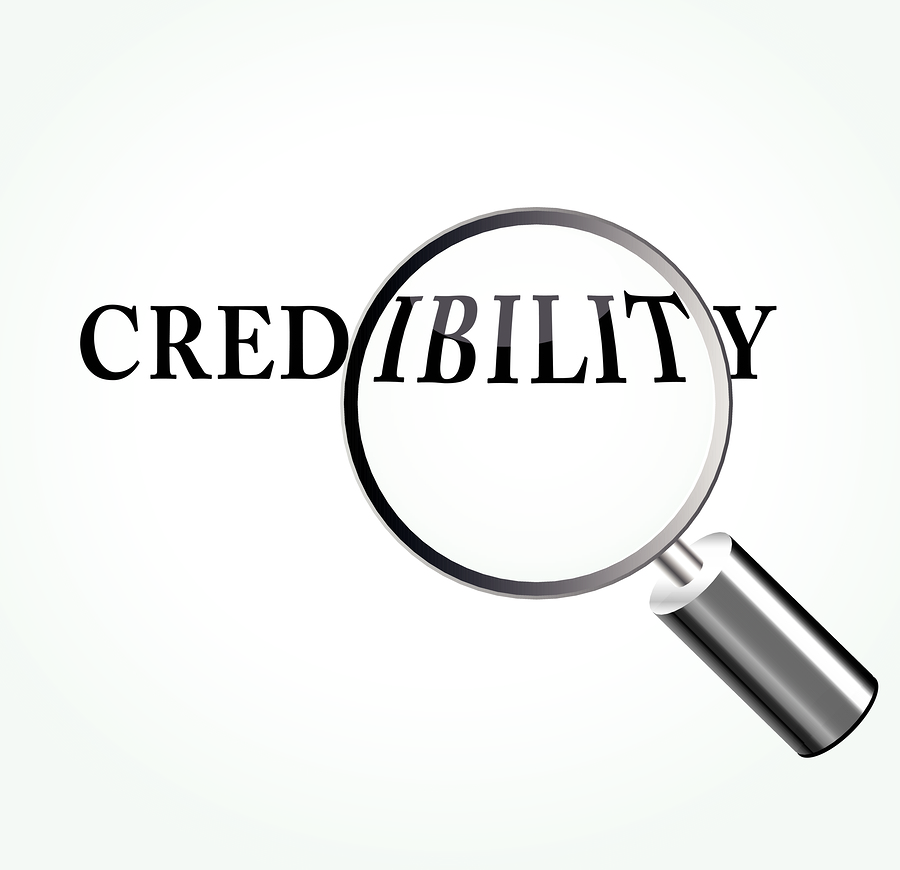
August 5, 2014
How to Build Your Content’s Credibility
Credibility is a key factor for content sharing; in essence, if a reader doesn’t think the content or the author is sufficiently credible, then the content on that site likely won’t be shared – effectively defeating one of content marketing’s central goals. All too often, however, content marketing recommendations only focus on increasing engagement and interactivity, overlooking the fact that in order to achieve these two goals, content should meet a fundamental credibility threshold.
For example, a Syracuse University study found that content was more likely to be considered credible if the reader considered the content and author to be “insightful”, “focused”, “authentic” and “relevant”.
If you find that your content isn’t being shared, re-tweeted, or commented on as much as you would like, you may be facing a root credibility problem. Better content marketing starts with building credibility — it’s that simple. Whether you’re a blogger or a business, here’s how to improve content marketing through increased credibility:
#1: Become an expert.
You can’t be all things to all people, so why try? Instead, focus on your niche, create an authentic voice, and truly shine. Earn a certificate in a particular area, or study up on other industry experts to learn what they know. Spend time every day reading, listening to podcasts, watching videos, and more to increase your knowledge of your chosen field, and you’re on your way to being regarded as an industry thought leader.
If you’re not an expert in a field, then it’s still possible to build credibility by curating news, opinions and advice from industry experts in your field. Getting a quote from an industry expert and backing opinions up with the latest industry study can help others understand the nuances of an industry. Informing others of industry changes and innovative ideas can serve as a credibility builder; just be sure to curate from the true experts, provide your own insight, and cite all appropriate sources.
#2: Cite your sources.
In the same vein, be sure to always give credit where it’s due. Sharing or linking to industry experts will build trust, so don’t hide your facts or couch your writing with phrases like “It’s been sometimes said…” or “Some experts think…” That’s a sure way to discredit your writing. Instead, support your opinions with sources and facts.
If you’re citing a new study, include a link to the research. Using real life examples shows that you understand how your industry works, and that you can spot trends. Be transparent about your sources and your facts. Data naturally lends credibility to your content.
#3: Avoid the “clickbait” headline trap.
For years, SEO metrics conditioned us to focus on traffic and rankings rather than audience engagement. While quality of writing and relevance of anchor text have become more important recently, many writers can spend too much time focused on crafting clever headlines that deliver clicks – and failing to follow through when it comes to the actual content quality. Creating sharable content means writing headlines that accurately sum up your piece, while still peaking the interest of the desired audience in order to build credibility and not turn readers off.
Credibility in content marketing won’t occur overnight; it’s earned slowly over time by building a relationship with your readers. This starts by writing or curating topics you understand inside and out; backing your opinions up with facts and citing your sources; and avoiding clickbait traps that will turn readers off. Buzz is great, but you still need to deliver content that’s meaningful, relevant and – most of all – credible.



